7 Essential Details You Need to Know About Box Trucks Dock Height
Efficient and safe loading and unloading are vital in the logistics industry, and box trucks dock height plays a crucial role in achieving this. But what exactly are dock height box trucks, and how can you guarantee optimal compatibility between your truck and the loading dock? In this blog post, we’ll discuss the purpose and advantages of the box trucks dock height, explore different types of box trucks and their dock heights, and share tips for ensuring optimal dock height compatibility.
Short Summary
-
Understanding dock height box trucks and their purpose in providing efficient, safe, and reliable transportation solutions.
-
Common US dock heights range from 48”-55” with medium duty to straight truck variations available.
-
Regular maintenance & customizing of box trucks combined with upfitting solution providers can ensure optimal compatibility for loading/unloading operations. The most common repair on a dock leveler is spring replacement. Check out every spring you can replace on a dock leveler here.
Understanding Dock Height Box Trucks
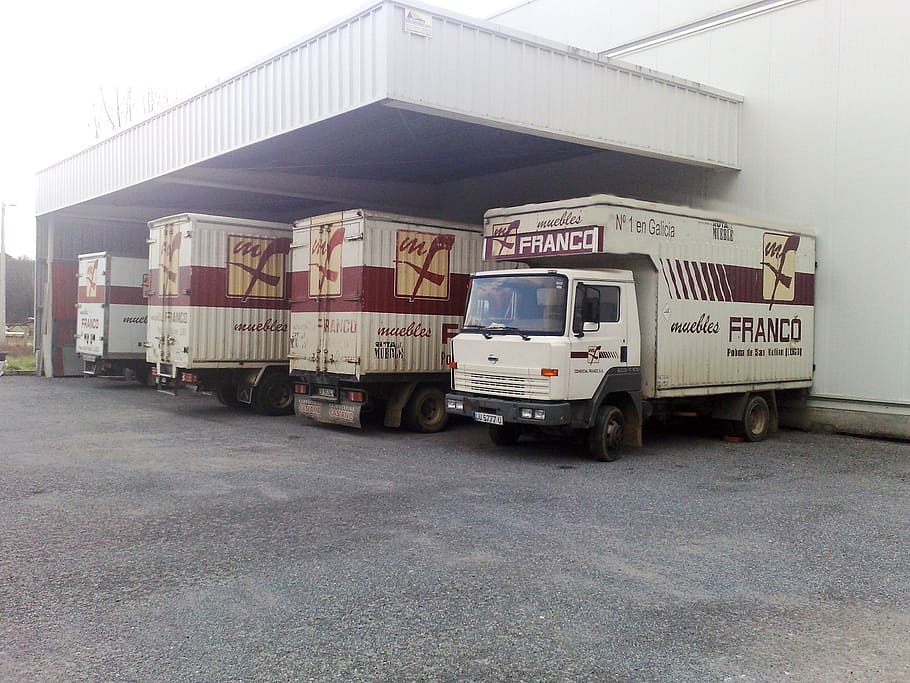
Dock height box trucks, also known as dock high trucks, are specifically designed chassis cab trucks with box-shaped cargo areas that align with the installed dock height of standard loading docks. This design facilitates efficient loading and unloading operations, ensuring safety and mitigating the risk of damage and accidents. A dock high truck is an essential asset for businesses that require seamless transportation and logistics solutions.
The Purpose of Dock Height Box Trucks
The primary purpose of dock height box trucks is to align with standard loading dock heights, making the process of loading and unloading goods easier and safer. When the dock height of the box truck matches the height of the loading dock, the risk of damage and accidents during the process is significantly reduced.
In the US, standard dock heights typically range from 48” to 55”, with most warehouses having heights between 48” and 52”. These measurements ensure that dock height box trucks can easily and safely accommodate the specific cargo requirements of various industries.
Common Dock Height Measurements
It’s important to note that dock heights can vary depending on the specific needs of a facility. However, standard dock heights in the US usually range from 48” to 55”, with most warehouses having heights between 48” and 52”.
These measurements are critical to ensure compatibility between the box truck and the loading dock, resulting in a seamless loading and unloading experience.
Types of Box Trucks and Their Dock Heights
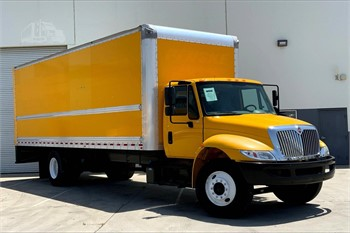
Different types of box trucks have varying dock heights, depending on their intended use and cargo requirements.
In the next sections, we will explore medium-duty box trucks, straight trucks, and other variations of box trucks, each with its own set of dock height measurements.
Medium-Duty Box Trucks
Medium-duty box trucks, also referred to as “dry van” or “dry freight” trucks, are vehicles typically used for commercial transportation. These trucks are popular across various industries and have dock heights that align with standard loading docks.
It’s crucial to consider any potential clearance issues that may arise in areas where the truck will be loading and unloading. In warehouses with low ceilings and low-hanging conduits, there could be significant productivity problems. Ordering a medium-duty box truck with incorrect specifications can negatively impact employee productivity and potentially increase box truck costs, either through rectifying the mistake or addressing any maintenance issues caused by attempting to operate the truck with the incorrect specs.
Straight Trucks

Straight trucks, also known as cube trucks, have a single frame and can have dock heights that match standard loading docks. These trucks are designed for transporting cargo that can be loaded from the rear through a forklift, pallet jack, or manually. Examples of straight trucks include box trucks, cube trucks, cube vans, U-Hauls, dump trucks, and some heavy-duty pickup trucks, all capable of efficiently carrying pallets.
Straight trucks are a great option for businesses that need to transport large items or multiple items.
Other Box Truck Variations
Additional box truck variations come in various sizes, ranging from 10-foot to 26-foot. These vehicles are also referred to as straight trucks, box vans, or cube vans.
While their dock heights may differ from standard measurements, it’s essential to consider your specific cargo requirements and loading dock specifications when choosing a box truck.
Key Factors to Consider When Choosing a Dock Height Box Truck

When choosing a dock height box truck, it’s essential to consider various factors such as cargo weight capacity, loading dock specifications, and box truck floor type. These factors will ensure you select a truck that meets your specific needs while providing optimal compatibility with your loading dock.
It’s important to consider the weight capacity of the truck, as this will determine how the truck will perform.
Cargo Weight Capacity

Cargo weight capacity is a critical factor to consider when selecting a dock height box truck. The cargo weight capacity of a vehicle is the maximum amount of weight that it can safely carry, including all the weight of the cargo and passengers. Ensuring your chosen box truck can securely transport the designated load without causing harm or incidents is crucial for efficient operations.
When selecting a medium-duty box truck, it’s important to account for the weight capacity of the truck, as well as the loading dock specifications and the type of flooring. This will help guarantee that the truck can securely transport the intended load without causing harm or accidents.
Loading Dock Specifications
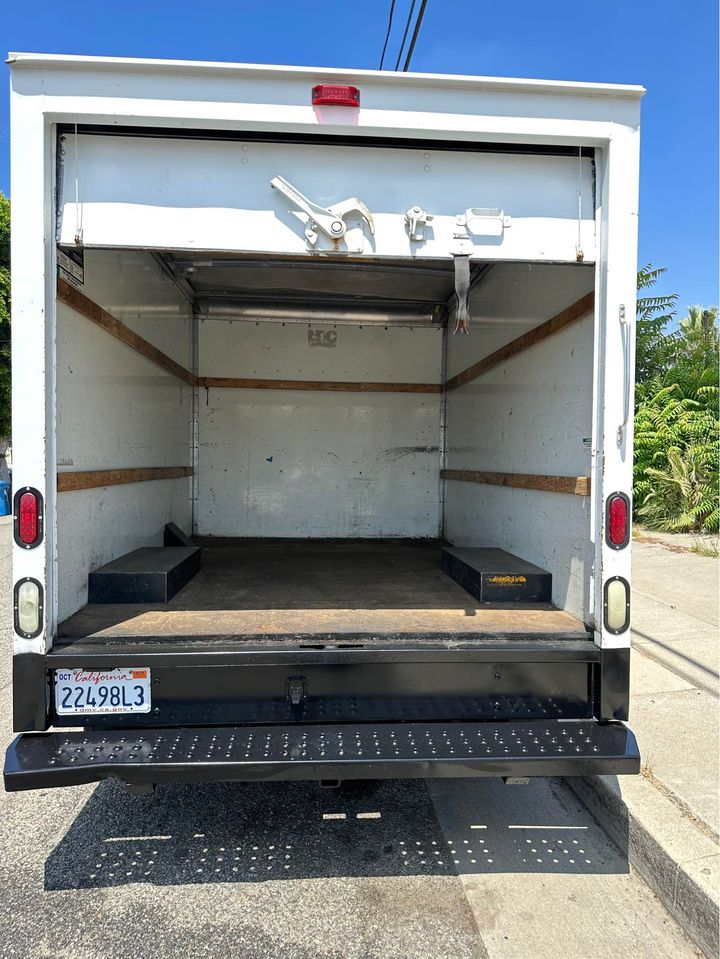
The loading dock specifications are another essential factor to consider when selecting a dock height box truck. The loading dock specifications refer to the requirements and standards for the design and construction of loading docks, including the height of the dock, the dimensions of the trucks that will be utilizing the docks, and safety requirements such as barriers and slope.
It’s important to ensure that your chosen box truck aligns with the loading dock specifications of the facility. Maintaining a standard dock height is paramount for the safe and efficient loading and unloading of goods, as well as to avoid any potential damage or accidents.
Box Truck Floor Type
Lastly, the floor type of a box truck, including the trailer floor, is of critical importance for durability and safeguarding the truck and its cargo from harm. Different types of flooring may be more suitable for certain types of cargo or industries. When selecting a dock height box truck, ensure the floor type is appropriate for your specific requirements, as this will help prevent damage to the truck and its cargo during loading and unloading operations.
It is important to consider the floor type when selecting a box truck, as it can have a different floor type.
Dock Levelers and Their Role in Box Truck Loading and Unloading
Dock levelers play a vital role in bridging the gap between the box truck and the loading dock, ensuring a smooth and safe loading and unloading process. These hydraulic platforms are located at the bottom of contemporary warehouse loading docks and help adjust the height between the trailer bed and the loading dock floor, allowing for the safe and efficient transfer of goods.
The dock leveler is an essential piece of equipment for any warehouse or distribution center. It is.
Types of Dock Levelers
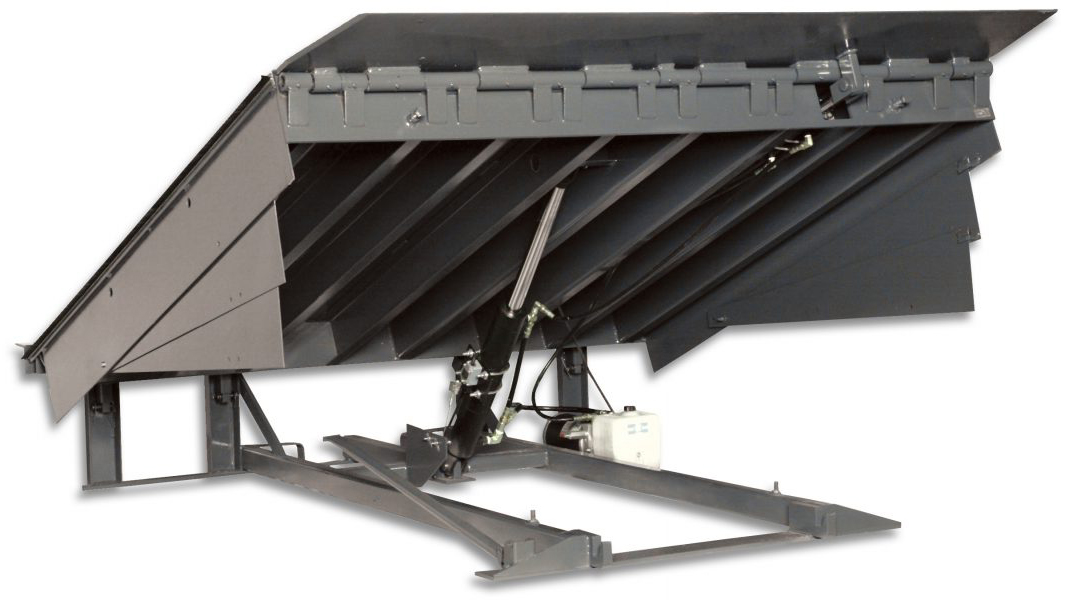
Dock levelers come in various types, including mechanical, hydraulic, and air-powered, each with its own advantages and disadvantages. Hydraulic dock levelers are typically the most costly, but offer the highest reliability and require the least amount of upkeep.
Mechanical dock levelers are more affordable, but require more maintenance and are not as reliable. Air-powered dock levelers are the least expensive, but require the most maintenance and are not as reliable as hydraulic or mechanical dock levelers.
Read more about loading dock levelers here.
How Dock Levelers Work
Dock levelers work by adjusting the vertical distance between the trailer bed and the loading dock floor, ensuring the safe and efficient transfer of goods between the box truck and the loading dock. By providing a secure connection between the truck and the dock, dock levelers help mitigate the risk of damage and accidents during the loading and unloading process.
Dock levelers are an essential piece of equipment for any loading dock, as they help to level the dock.
Tips for Ensuring Optimal Dock Height Compatibility
To ensure optimal dock height compatibility, it’s essential to regularly maintain your box truck. Consider customizing your truck to meet specific needs, and collaborate with upfitting solution providers for expert advice and assistance. These tips will help guarantee that your dock height box truck operates efficiently and safely during loading and unloading operations.
Regular Maintenance
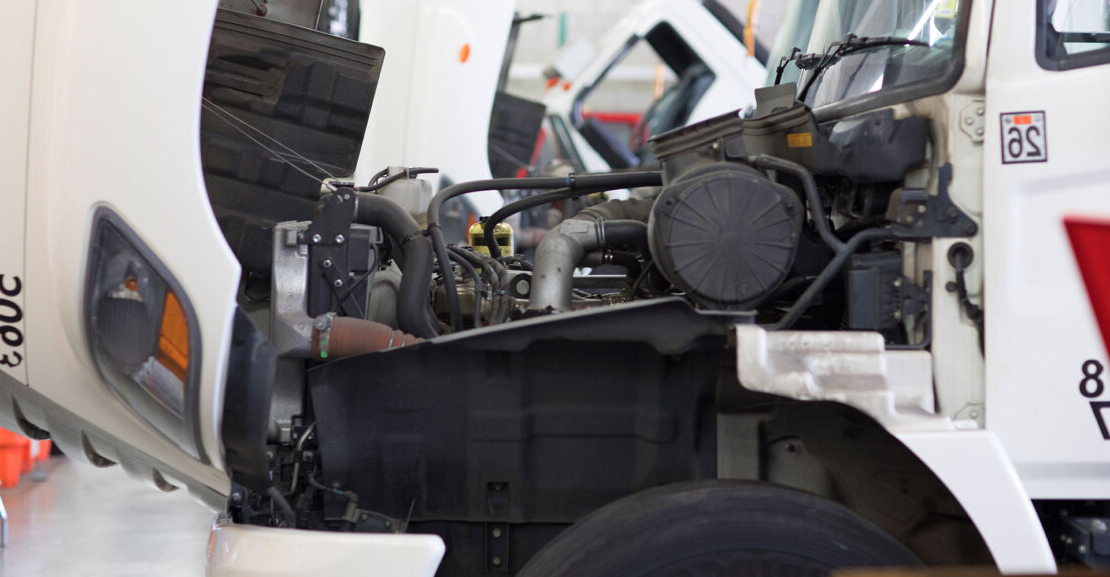
Regular maintenance is essential for ensuring optimal performance of your box truck and preventing expensive repairs, minimizing downtime, and extending the lifespan of the equipment. Scheduling regular maintenance checks, using appropriate tools and equipment for the job, and following manufacturer’s instructions are all crucial steps to maintaining your box truck and ensuring optimal dock height compatibility.
Customizing Box Trucks
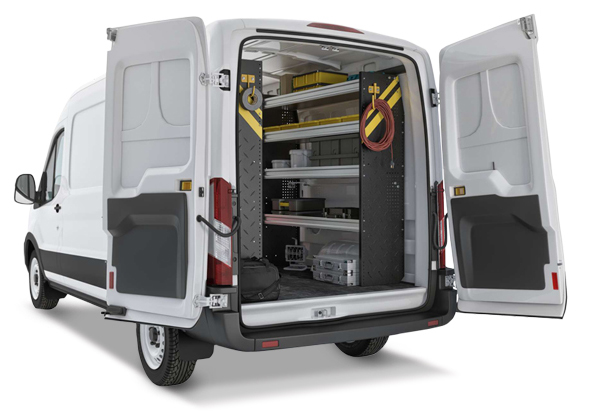
Customizing your box truck can offer increased efficiency, cost savings, and enhanced safety. By modifying the interior or exterior of the truck to suit specific needs or preferences, you can ensure that your box truck is tailored to your specific requirements, making it more comfortable and user-friendly.
This can help guarantee optimal dock height compatibility, resulting in a seamless loading and unloading experience.
Collaborating with Upfitting Solution Providers
Working with upfitting solution providers can guarantee that the changes made to your box truck are done accurately and securely, as well as providing access to specialized tools and knowledge. When collaborating with upfitting solution providers, it’s essential to articulate your desired modifications precisely, evaluate the provider’s credentials and experience, and ensure that the modifications are executed accurately and securely.
This will help ensure optimal dock height compatibility between your box truck and the loading dock.
Summary
In summary, dock height box trucks play a crucial role in the safe and efficient loading and unloading of goods in the logistics industry. By understanding the different types of box trucks, considering key factors such as cargo weight capacity, loading dock specifications, and box truck floor type, and following tips for ensuring optimal dock height compatibility, you can guarantee a seamless loading and unloading experience for your business. Remember, the right box truck, coupled with proper maintenance and customization, can make all the difference in your logistics operations.
Frequently Asked Questions
Is a 24ft box truck dock height?
Yes, 24ft box trucks are dock height and can come with a lift gate for easier loading. They have a payload capacity of up to 10,000 lbs.
What is the height of a 26ft box truck?
A 26ft box truck typically has a height between 12.5 and 13.5 feet.
What are the standard dock heights in the US?
Standard dock heights in the US typically range from 48” to 55”, with most warehouses having heights between 48” and 52”.
What is the primary purpose of dock height box trucks?
The primary purpose of dock height box trucks is to provide efficient and safe loading and unloading, as they are designed to align with standard loading dock heights.
This allows for easy access to the cargo area, as well as the ability to quickly and safely load and unload goods.
How do dock levelers work in the loading and unloading process?
Dock levelers facilitate the transfer of goods between box trucks and the loading dock by adjusting the vertical distance between the trailer bed and the dock floor, providing a safe and efficient loading and unloading process.
This makes it easier for workers to move goods from the truck to the dock, and vice versa, without having to manually lift and carry heavy items. It also reduces the risk of injury and improves the overall efficiency of the loading and unloading process.

Owner, Parts Brite
My background is in Electrical and Software Engineering, but since I started PartsBrite.com in 2016, I've focused on everything related to docks.
My team and I are here to help those looking to repair or replace their dock levelers, bumpers, door, and door lights.
1-855-PartsBrite | partsbrite.com | paul@partsbrite.com
Leave a comment